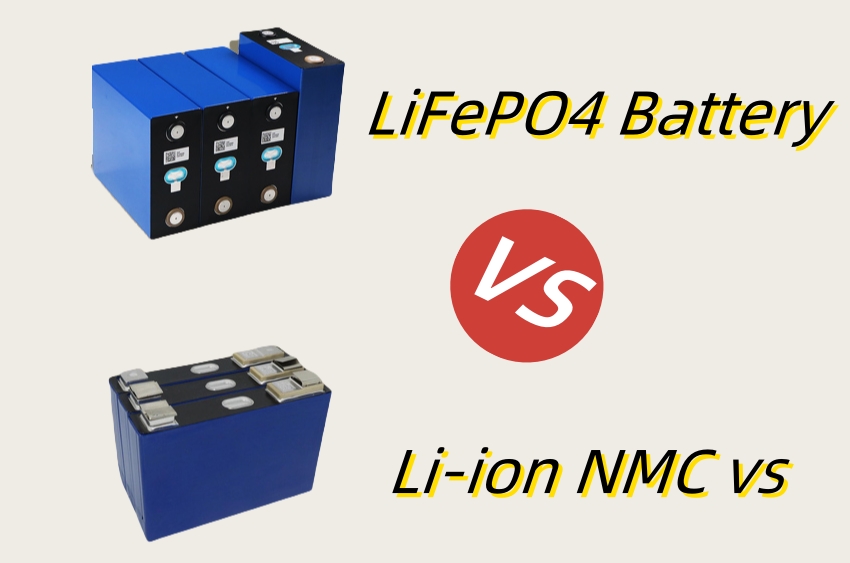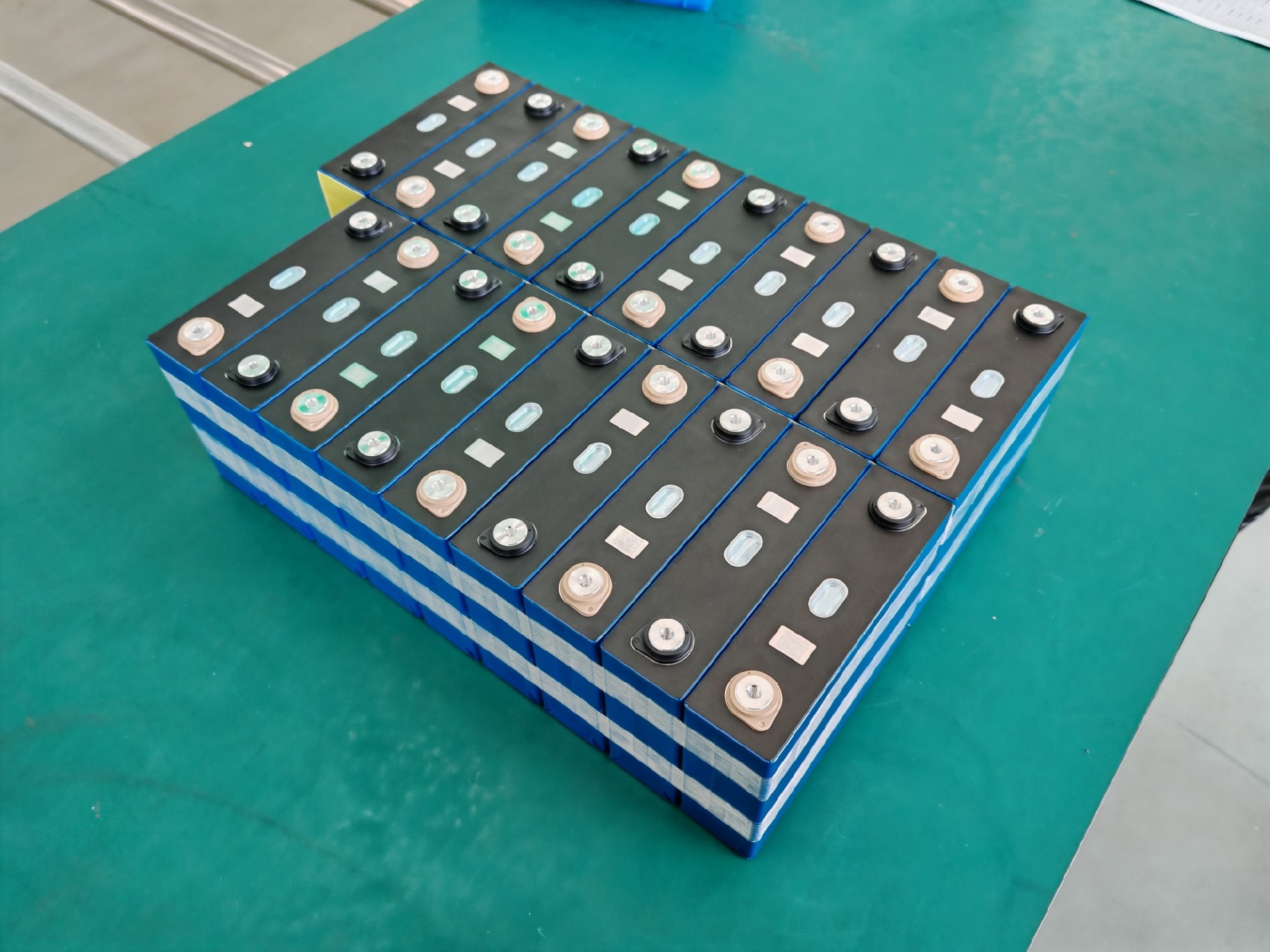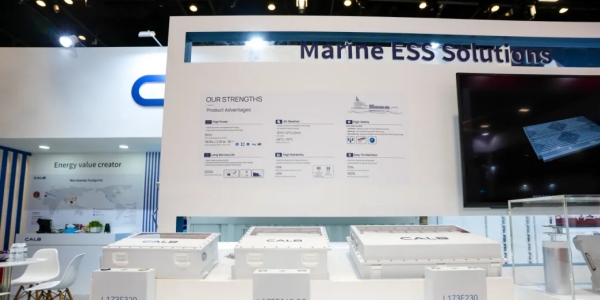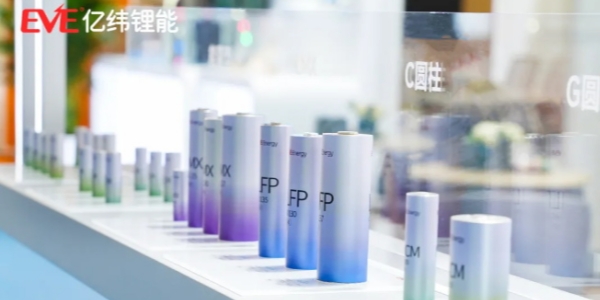Li-ion NMC vs LiFePO4 – Will LiFePO4 Batteries Be Better?
When it comes to lithium-ion batteries, there are two main types on the market: lithium iron phosphate (LiFePO4 or LFP) and nickel manganese cobalt (NMC) batteries. LFP batteries are widely known for their superior safety and long cycle life, while NMC batteries (part of the broader terpolymer lithium family) are praised for their higher energy density and strong market presence. Each has its own advantages, passionate supporters, and ideal use cases. But when it comes to performance, safety, cost and longevity, which battery is the real winner? Is the lifepo4 battery better? Let's break it down.

What Is LFP-LiFePO4 Battery?
LFP (Lithium Iron Phosphate) battery is a type of lithium-ion battery that uses lithium iron phosphate as the cathode material. It delivers a nominal voltage of about 3.2V, which is considered moderate compared to other lithium chemistries.
Thanks to its excellent safety profile, thermal stability, and long cycle life, LFP batteries are commonly used in:
· Household energy storage systems
· Solar photovoltaic (PV) systems
· Off-grid and backup power solutions
These batteries are well-known for being stable, non-toxic, and resistant to thermal runaway, making them a top choice for applications that require maximum safety.
What Is Lithium Ternary NMC Battery
NMC (Nickel Manganese Cobalt) battery is another type of lithium-ion battery. Its cathode is made from a blend of nickel, cobalt, and manganese, while the anode typically consists of graphite. This chemistry allows for higher energy density and a nominal voltage of around 3.7V.
Because of its ability to store more energy in a smaller space, the NMC battery is widely used in:
· Electric vehicles (EVs)
· Power tools
· Consumer electronics
Top automakers like Tesla, BYD, and others rely heavily on NMC technology to meet the demands of high-performance, long-range electric vehicles.

Li-ion NMC vs LiFePO4 – Which Is Better?
Let's take a look at the Li-ion NMC vs LiFePO4 in the table
NMC vs LFP Battery Comparison Table
Category | NMC Battery | LFP Battery |
Price | Higher (~20% more than LFP) | Lower (but complex manufacturing) |
Energy Density | High (better acceleration) | Low (superior energy retention) |
Temp Tolerance | Balanced (works in most climates) | Strong heat resistance, poor cold performance (-20℃ retains ~60%) |
Safety | Lower risk (prone to thermal runaway) | Excellent (puncture-resistant, only smokes) |
Cycle Life | ~800 cycles | 3,000+ cycles (up to 6,000) |
Service Life | 2-3 years (high-power use) | 10+ years (long-term economy) |
Through the above content, it is not difficult to see who wins and who loses between ternary batteries and lithium iron phosphate batteries, and whether LiFepo4 battery is better, these issues mainly depend on your application scenario and your needs. Ternary battery has higher performance; Lithium iron phosphate batteries are stronger and safer. And there is no doubt that for daily DIY battery packs or energy storage, lithium iron phosphate batteries are the most recommended, because the needs of our ordinary people are very simple: battery life and safety.

